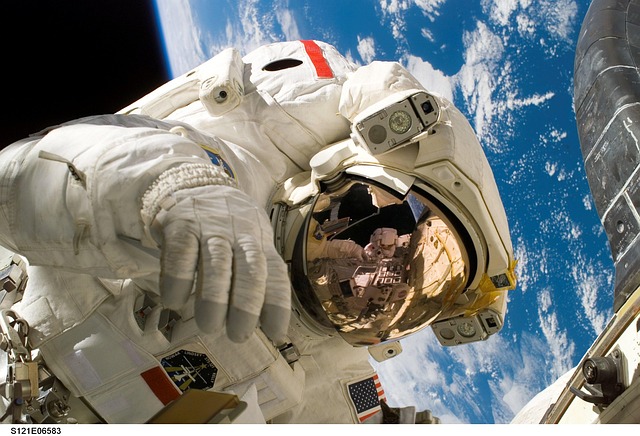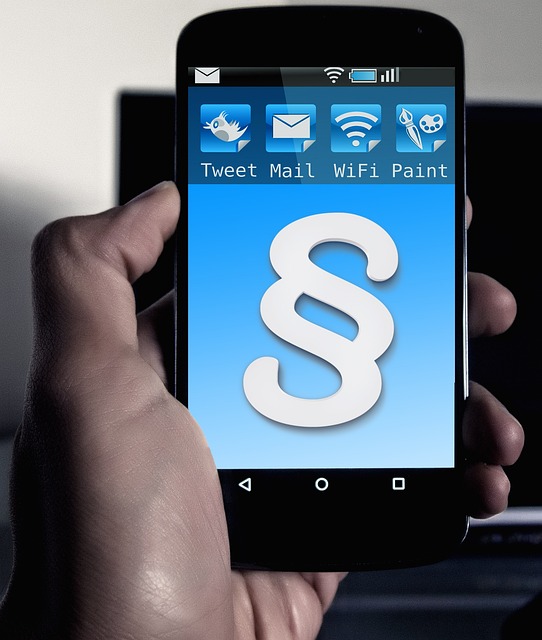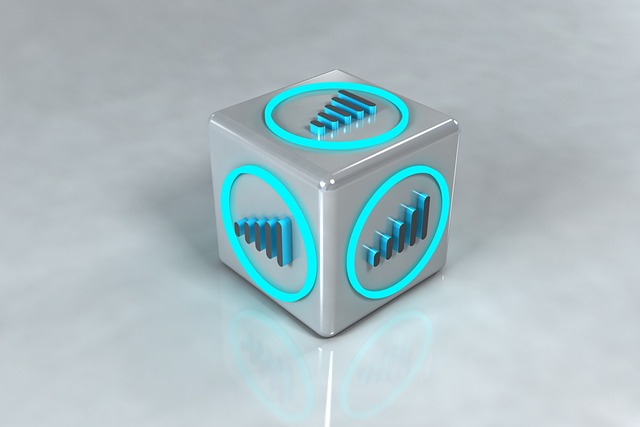The Invisible Force That Connects Us All
WiFi surrounds us—an unseen thread weaving together our homes, offices, cafés, and even airplanes. It powers our conversations, our entertainment, our commerce. Yet few pause to wonder how this omnipresent technology came to be.
Behind this invisible utility lies a story of cosmic curiosity, serendipity, and sheer human ingenuity. WiFi wasn’t born in Silicon Valley boardrooms or out of a corporate roadmap—it was discovered by accident, while scientists were searching the universe for exploding stars
The World Before WiFi: When Wires Ruled the World
Before the wireless age, the internet was a tethered experience. Computers groaned through dial-up modems, emitting that now-nostalgic screech of connection. A single phone line could either make a call or connect to the web—never both.
Early networking systems like Ethernet laid the foundation for digital communication, but they were confined by cables and proximity. Offices resembled spaghetti junctions of wires; mobility was a fantasy.
As the 1980s and 1990s progressed, the personal computer boom created an insatiable demand for flexibility. People wanted to roam with their devices, not remain chained to a wall socket. The stage was set for a quiet revolution.
A Scientific Mystery Sparks an Unexpected Discovery
In the late 20th century, a group of Australian scientists at the Commonwealth Scientific and Industrial Research Organisation (CSIRO) were not trying to reinvent the internet—they were studying black holes. Specifically, they sought to detect faint radio signals from distant cosmic explosions.
Their challenge was immense: separating weak astronomical data from overwhelming radio interference on Earth. To do this, they needed a method to filter out noise—an algorithm that could distinguish signal from chaos.
That quest, born of starlight and science, would inadvertently lay the groundwork for WiFi.
Meet Dr. John O’Sullivan: The Accidental Father of WiFi
Dr. John O’Sullivan was an astrophysicist, a man more comfortable with telescopes than telecoms. His work revolved around deciphering cosmic radio waves, not connecting computers. But in his pursuit of better data clarity, he developed a mathematical technique to correct signal distortion—a way to clean up messy waveforms.
Years later, when CSIRO began exploring high-speed wireless data transmission, O’Sullivan realized his old algorithm could solve the problem of signal reflection and interference. That moment of recognition—linking cosmic noise to computer networks—was the birth cry of WiFi.
The CSIRO Team’s Breakthrough Moment
Turning abstract theory into practical technology was no easy feat. The CSIRO team spent years refining prototypes, building transmitters that could send clear data without wires.
The greatest obstacle was “multipath interference”—signals bouncing off walls and objects, arriving at the receiver out of sync. O’Sullivan’s algorithm neutralized this chaos, enabling reliable wireless communication indoors.
When they finally achieved stable transmission, the team grasped the magnitude of their accomplishment: they had solved a problem that had stumped engineers for decades. They had changed how humanity would connect.
The Science Behind WiFi: Turning Waves Into Words

Photo by Pixabay / Free to use under license.
At its core, WiFi transforms radio waves into data—a sophisticated dance of frequencies and mathematics. These invisible waves carry binary code, transmitting text, video, and sound through the air.
The key innovation was “spread spectrum” technology, a method of scattering signals across multiple frequencies to avoid interference and eavesdropping. Originally a Cold War military concept, it became the backbone of civilian wireless communication.
O’Sullivan’s implementation of OFDM—Orthogonal Frequency Division Multiplexing—allowed WiFi to transmit multiple data streams simultaneously, drastically improving reliability and speed.
From Lab to Living Room: Bringing WiFi to the Public
Despite the breakthrough, WiFi’s journey from lab experiment to household name was fraught with skepticism. Government agencies hesitated to back the technology, and industry leaders questioned its commercial viability.
The tide turned when the Institute of Electrical and Electronics Engineers (IEEE) standardized the technology under the 802.11 protocol. That certification gave companies confidence to build devices that would “speak” the same wireless language.
Soon after, consumer routers and laptops began shipping with built-in WiFi cards. The world’s relationship with the internet would never be the same.
A Trademark Moment: Naming the Nameless Technology
No one wanted to market “IEEE 802.11b Direct Sequence.” It sounded like an engineering thesis, not a consumer product. Enter a branding agency with a simple yet brilliant idea—WiFi.
Inspired by the term “Hi-Fi” (high fidelity), the name evoked clarity and modernity. It humanized a complex technology and made it instantly relatable. A logo, a tagline, and a movement were born.
Through the alchemy of marketing, an invisible protocol became a household word.
The Corporate Tug-of-War: Who Owned WiFi?
As WiFi spread globally, so did the debate over who owned it. CSIRO’s patents became the subject of fierce legal battles. Tech giants like Intel, Dell, and Microsoft resisted paying royalties, claiming the technology had evolved beyond its origins.
After years of litigation, CSIRO prevailed, securing hundreds of millions in settlements. The victory wasn’t just financial—it was recognition for the Australian scientists whose work reshaped digital life.
The Role of NASA and Global Collaboration

Photo by Pixabay / Free to use under license.
NASA’s pursuit of better spacecraft communication systems indirectly influenced WiFi’s development. Techniques for managing interference and compressing signals trickled down from space research to terrestrial applications.
Moreover, WiFi’s progress was a triumph of international cooperation—American, Australian, and European researchers sharing data, testing devices, and building standards. It showcased what humanity can achieve when science transcends borders.
WiFi and the Rise of the Connected World
WiFi turned every space into a potential workstation, classroom, or entertainment hub. Homes became digital ecosystems. Cafés transformed into offices. Classrooms expanded beyond walls.
The mobile revolution—smartphones, tablets, and wearables—owed its success to the ubiquity of wireless networks. With WiFi, mobility became synonymous with connectivity.
How WiFi Changed Communication Forever

The rise of WiFi redefined how humans interact. We moved from typed emails to instant messaging, from downloading to streaming, from isolation to immersion.
This shift birthed the culture of perpetual connection—where work, leisure, and relationships blur into a single digital continuum. Distance ceased to be an obstacle. The internet became an extension of consciousness.
The Evolution of WiFi: From 802.11b to WiFi 7
WiFi’s evolution reads like a technological odyssey. From the modest speeds of 802.11b in 1999 to the multi-gigabit velocities of WiFi 7, each generation has expanded the boundaries of wireless potential.
With every iteration, latency dropped, coverage widened, and energy efficiency improved. The hunger for speed—fueled by streaming, gaming, and cloud computing—continues to propel innovation forward.
WiFi vs. Cellular: The Battle for Wireless Supremacy
For decades, WiFi and cellular networks have competed for dominance. Cellular offered mobility; WiFi offered affordability and speed.
Even in the 5G era, WiFi remains indispensable—powering homes, enterprises, and the ever-growing Internet of Things. The future likely belongs to hybrid models, where devices seamlessly switch between networks for optimal performance.
WiFi’s Unsung Heroes and Hidden Innovators
Behind WiFi’s polished veneer lies the labor of countless unsung engineers, mathematicians, and technologists. Among them were pioneering women who contributed to wireless standards and hardware design—voices often overlooked in the tech narrative.
Their collective spirit of collaboration over competition embodies the essence of scientific progress: shared curiosity driving human advancement.
The Economics of WiFi: Billions in Value from a Simple Idea
What began as a research tool for astronomers evolved into an economic powerhouse. WiFi fuels entire industries—from e-commerce and remote work to logistics and entertainment.
Startups flourish because of it; digital nomads thrive on it. The global GDP impact of WiFi runs into trillions, proving that sometimes, accidental discoveries bear the richest fruit.
Challenges and Limitations: WiFi’s Not-So-Perfect Side
Despite its marvels, WiFi isn’t flawless. Vulnerabilities in encryption have exposed users to data theft. Congested networks slow performance in crowded areas.
Yet, engineers continue to refine the technology—introducing smarter routers, mesh networks, and AI-driven optimizations to meet ever-growing demands.
WiFi in the Modern Era: Powering Smart Everything
Today, WiFi is the invisible nervous system of the modern world. It powers thermostats, security cameras, drones, and even refrigerators. The Internet of Things thrives on its ubiquity.
From smart homes to connected cities, WiFi forms the backbone of a civilization increasingly reliant on data flow and automation.
The Future of WiFi: Beyond Speed and Signal
Tomorrow’s WiFi will be unrecognizable. Emerging technologies like LiFi, which transmits data through light, promise even faster and more secure connections.
Artificial intelligence will manage networks autonomously, predicting congestion before it occurs. And with WiFi 7+, seamless, lag-free connectivity could become as natural as breathing.
Cultural and Social Impact: More Than Just Technology
WiFi democratized access to information. It bridged divides—educational, economic, and geographical. From remote classrooms in villages to telemedicine in crisis zones, it became a tool of empowerment.
Yet, our dependence on it also raises questions: have we traded presence for convenience? Could we truly function without it?
Conclusion: From Cosmic Noise to Global Connection
Out of the quest to listen to the universe came a technology that connected humanity. WiFi’s birth was an accident of brilliance—a collision of curiosity, mathematics, and serendipity.
It reminds us that the most transformative innovations often arise not from intent, but from exploration. WiFi’s story is, ultimately, a reflection of our own—humans reaching out, searching for connection, and finding it in the most unexpected places.




